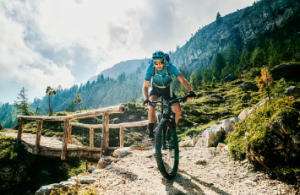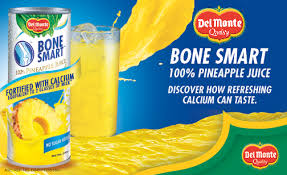When riding your mountain bikes, having a few critical things in mind is good. For example, what type of terrain do you like to ride? Or are you looking for a bike that will give you a better ride? There are a few different options for all of these, and it’s up to you to figure out which one will fit your needs best.
Enduro
Pushbikes mountain bikes NZ have soared in popularity over the past few years. They are the perfect machine for climbing uphill and descending downhill. However, there are several factors to consider when buying an enduro bike. This article will examine essential features and what you need to know before snatching your next ride.
 The most important feature of an enduro bike is its suspension. It will help you get uphill faster, but it will also help you keep your rear wheel from slamming into the rocks. A good enduro bike will feature at least 140mm of travel at the front and 160mm at the back.
The most important feature of an enduro bike is its suspension. It will help you get uphill faster, but it will also help you keep your rear wheel from slamming into the rocks. A good enduro bike will feature at least 140mm of travel at the front and 160mm at the back.
Another prominent feature of an enduro bike is its geometry. These bikes have long frame angles, which make them a perfect fit for hard-hitting trails.
An enduro bike can be found in various frame materials, from carbon fibre to alloy. Both will cost more than an entry-level bike, but the carbon fibre option will give you a lighter package.
One of the most exciting things about the new crop of enduro bikes is steel-suspension availability. Designed to work with the TractionLink rear suspension system, this type of suspension is a blast. It will absorb bumps with buttery smoothness.
Aside from the name, the best enduro bike is likely to be the one that fits your body and riding style. Several brands are available, but spending a fortune is okay. If you need help determining the correct model, you can ask a store owner or a consumer-direct retailer.
In terms of what an enduro bike can do, a good choice is the Cotic RocketMAX Gen3. Featuring a range of changes, this bike is the perfect machine for those looking for a serious speed machine.
Trail
A trail for mountain bike is a purpose-built trail designed to be used by both bikes and walkers. The courses are often marked and graded. It makes them an excellent option for both beginner and experienced riders.
Trails are typically designed for various terrains and include technical and non-technical features. For instance, some advanced trails have jumps, drop-offs, and berms. These trails are designed to test the rider’s fitness level.
Trails usually come in two basic loops: Blue and Yellow. Each loop has a different degree of difficulty. They are primarily single-track but sometimes include a couple of small hills.
Some trails, such as the Caldwell County Mountain Bike Trail, are designed to accommodate both bikes and walkers. It’s the first purpose-built surface trail in the county. Runners and hikers also use the trail.
There are also many more single-track mountain bike trails in the area. More than 300 kilometres of trails are marked in the county. Many of these trails are in the gentle rolling grasslands.
You’ll need to choose the right type of bike to get the most out of your bike ride. Enduro bikes are a good choice if you’re looking for a strong downhill bike that can handle more challenging technical trails.
Technical single-track trails involve drops, rock gardens, and other manufactured obstacles. They also commonly employ log rides.
Most trail bike features are dual suspension, meaning the frame comprises two parts. It provides better ground clearance and is useful when riding technical trails.
Trails are usually graded and waymarked, generally one-way and closed loops. So if you plan on riding in the winter, check the trail’s condition before heading out.
Downcountry
Downcountry mountain biking is a relatively new phenomenon in the mountain biking world. It combines downhill and cross-country riding into a single discipline. Although this type of bike is still in its infancy, it has already hit the mainstream.
Downcountry bikes have a slack head tube angle designed to stabilise downhill rides. They also have shorter stems, allowing quick maneuvering and better handling.
Downcountry bikes have wider knobbly tyres, which provide less rolling resistance when climbing and descending. In addition, most downcountry bikes come with 29-inch wheels. It is because it allows for a good combination of durability and ease of pedalling for long distances.
Downcountry mountain biking also involves riding on trails with fun features like jumps and drop-offs. Unfortunately, trails are often waymarked, and the difficulty can range from a gentle family trail to a highly technical route.
Many down-country bikes also feature dropper posts, allowing riders to adjust the seat height easily. These posts are also highly versatile and can be positioned to offer more or less space.
Downcountry bikes have a 66-degree head tube angle, which makes the front fork stick out farther than traditional cross-country bikes. It helps the front fork to get a more gravity-riding, gravity-stable ride at high speeds.
Downcountry bikes have two pistons, which save weight and help them achieve a svelte build. Most down-country bikes have a mix of rotor sizes. The 180mm rotors are best for rear braking and heat dispersion, while the 160mm rotors are more suitable for discs. Other down-country bikes feature short fork travel. They have 110mm to 125mm of travel in the rear.
.


